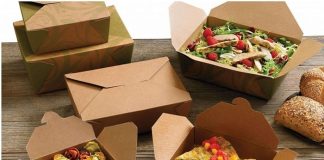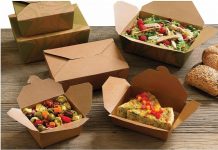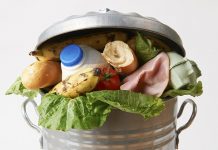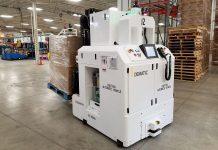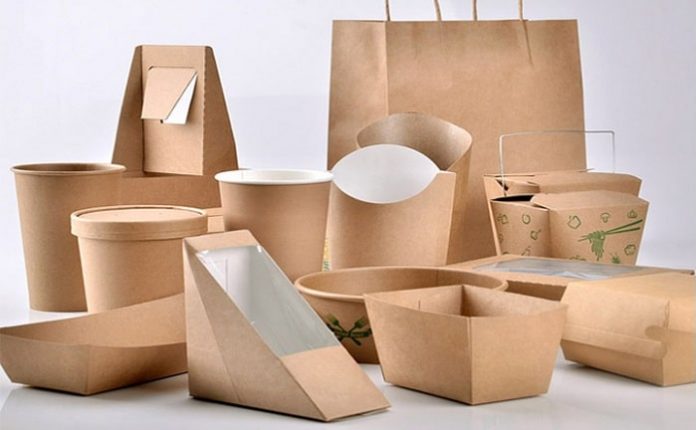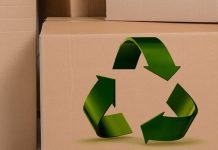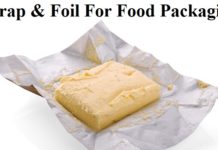Over the years, the food packaging business has seen significant changes. As the global food trade’s demands grew and varied, so did the packaging used to hold food products. Today, the industry is undergoing yet another major transformation. Food packaging appears to be heading in the direction of sustainability. After years of increasing effects from a number of sources, this change has occurred. However, it is necessary to understand how the industry arrived at this point in order to completely comprehend where it is going.
Changing demands tend to drive food packaging trends. When individuals started selling and keeping goods more often, the concept of food packing arose. Canning was developed in response to the requirement for extended shelf life. Food packaging is changing due to necessity, just as it has in the past. Although packaging design and construction have advanced significantly over the last few years, one constant remains. Food packaging materials have just not caught up to our increasing needs yet.
The Current State of Food Packaging
You’ll notice a pattern among containers if you go to the food store and look around the aisles. Almost everything you come across appears to be made of plastic. There are many instances of cardboard and metal, but plastics are ubiquitous. Of course, this is not a new tendency. Plastic packaging has been used since the 1950s, and in the 1980s and 1990s, it effectively took over. Plastics now come in a wider variety of shapes and sizes, allowing them to handle almost anything.
Plastic containers can be found in every field, from resealable snack packages to fish and shellfish packing. You’ll also notice a pattern among all the food packages, regardless of whether they’re made of plastic or not. Food containers, for the most part, are single-use items. When you finish eating or using all of the food in a package, you’ll most likely discard the container. Today’s food packaging is low-cost and throwaway, which is excellent for cost-cutting, but it creates a few concerns. Disposable plastics are convenient, but they come with a cost. Containers today are designed to be thrown away nearly instantly. This design results in massive heaps of used plastics accumulating around the planet, all of which must be disposed of. It frequently end up in landfill or the ocean, posing a threat to the environment.
The Need for Long-Term Packaging
Plastics are bad for the environment, as you presumably already know. However, their ecological influence may be more than you realise. One plastic bottle can take up to 450 years to degrade, yet we throw away a lot of them. Food packaging isn’t the only cause of environmental contamination, but it is a significant contributor. In beach cleanup operations, food packaging is frequently the second most common sort of waste. Even though food containers account for only 10% of the plastic that enters the ocean, one million tonnes of garbage is still generated.
The general public is pushing for sustainability as environmental challenges become more urgent. People are more ecologically concerned, which means they are purchasing items that are more sustainable. As a result, the food packaging business is witnessing a shift in consumer preferences.
According to a 2019 survey, recyclable packaging is significant to 64% of consumers in the United States and the United Kingdom. Reusable packaging was noted by just over half of them, and biodegradable packaging was mentioned by 39 percent. For two main reasons, the industry must strive for sustainability. First and foremost, sustainable packaging will assist in reducing the industry’s negative environmental impact. Second, adopting more environmentally friendly packaging choices will appeal to buyers more.
Efforts to Boost Sustainability
The demand for environmentally friendly food packaging has indeed begun to influence industry reform. Single-use plastics remain dominant the market, but their supremacy is fading. Various businesses have started to take steps to improve the long-term viability of their packaging. When you think of environmentally friendly packaging, you generally think of materials that are biodegradable or recyclable. The most apparent and widely used strategy is this one. After all, completely replacing plastics will almost certainly minimise the amount of plastic trash produced by a company.
Eco-Products, a green food packaging company, recently released a compostable meat and produce tray. Unlike most standard trays, which are made of plastic or styrofoam, Eco-Products uses sugarcane. Microwavable, durable, and most importantly, biodegradable is what they get associated with. Recycling plastics is an alternative to replacing them. Recycling materials is great not only because it is more environmentally friendly, but also because it is more cost effective. Rather than needing to purchase new materials, producers just have to pay for the recycling of existing ones.
Consumers will not notice any differences in recycled packaging. You probably won’t be able to tell the difference among a recycled plastic container and a brand-new one just on appearance and feel. Consumers can continue to use familiar packaging while reducing their environmental effect. Another, and arguably the most straightforward, solution is to utilise less packing. Each piece of trash has a lower environmental cost since there is less material in each container. Manufacturers will save money by using less material, just as they will through recycling.
In a Changing World- Food Packaging
The shift toward sustainability in the food packaging industry isn’t just a fad among a few tiny businesses. It’s an industry-wide trend, with the majority, though not all, of the world’s leading packaging companies taking a more environmentally conscious approach. Single-use plastic packaging may become obsolete in a few years.
Food packaging firms will strive sustainability even more as stricter laws for environmentally damaging materials develop. This isn’t, however, a new tendency. It’s happening now all across the world.
93 percent of packaged goods companies already say they’re devoting more time to environmental concerns than in previous years. You may see signs of this transformation right now if you go to the store. There will still be a lot of plastic, but there will be more recycled or biodegradable packing as well. In all sectors of the world, there is a broad shift toward sustainability. As consumers become more concerned about environmental issues, more businesses will take them at face value. The food packaging sector is evolving, and in a positive way.



